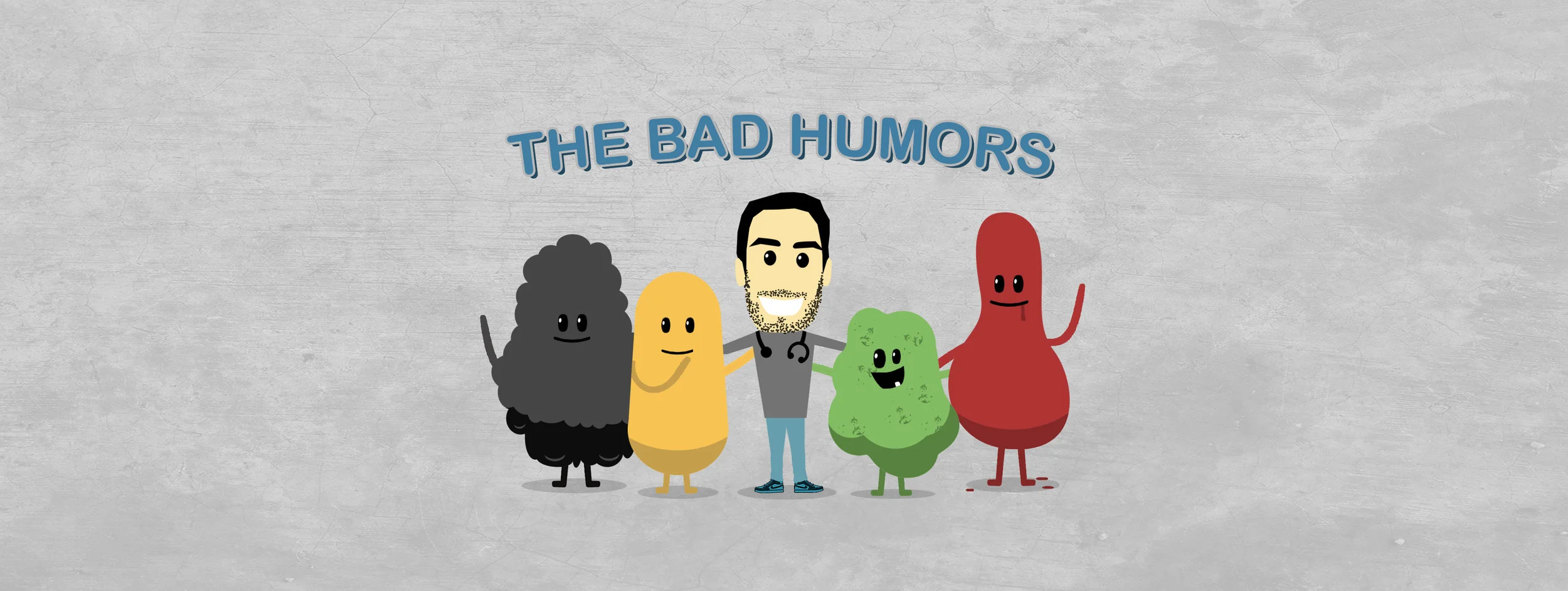Overall, the name of the game here is a <140 mmHg SBP across the board, with one exception detailed later on. Previously in the JNC 7, they recommended keeping diabetics at a goal of < 130/80 due to significant CVD risks as well as possibly preventing microvascular changes (retinopathy/nephropathy). Per the ESH/ESC, there isn't any convincing evidence at this point to support anything more aggressive. The only two large trials showing CV event reduction had an average SBP of 139. Yup, 139. [10,11]. The authors also point to the ACCORD trial back in 2010 that showed no benefit between the 120 mmHg and 140 mmHg DM2 groups. [12]. Also regarding microvascular changes, the ADVANCE trial [13] showed no change in retinopathy between BP groups and the authors cite the lack of evidence consistently showing that proteiniuria reduction leads to reduction in hard CV outcomes.
CHF/CHD is more of the same. When previous JNC recommendations advised for "fastidious" BP control, the new ESC/ESH recommendations are a flat < 140 mmHg SBP. Main evidence of this for CHD is the INVEST study [14] showing outcome incidence was inversely related to SBP control once past < 140 mmHg. Also, the medications used are a bit more simplified with recommendations for BBs and ACEi in the post-MI period and any anti-hypertensive showing benefit after that as long as the BP was controlled. [15]
With regards to CKD (diabetic or non-diabetic), this is one of the few times I've run across anything other than the <140 mmHg SBP recommendation. The authors recommend < 140 mmHG SBP for those with renal disease but with the caveat that those with overt proteinuria should have a goal of < 130 mmHg. This was partly based on the observational follow up of the AASK trial [16] which found there was a significant benefit in mortality and progression to ESRD in the intensive BP management cohort (BP < 130/80) that had protein-to-creatinine ratio of more than 0.22 to begin with. [17]. Finally, they recommend more intensive BP management for those on dialysis but do not give a goal number as the meta-analysis that showed this benefit did not report on absolute BP values. [18]
FInally, the elderly. A group near and dear to our hearts at SFH since we have a pretty robust geriatric population at our clinics and residency. JNC 7 did a good job of presenting the data and leaving it up to the physician to make up their own minds. They cited the now elderly (1986) SHEP study [19] which showed an all-cause mortality benefit with chlorthalidone versus placebo. The chlorthalidone group averaged a BP of 140/67 while the placebo averaging 154/72. On the flip side, they did discuss the Honolulu Heart Study [20] which found a significant relationship between orthostatic hypotension and premature death, falls, and fractures in the elderly. Sixty-four percent age adjusted increase to be exact. ESC/ESH roughly mirrors the sentiment of JNC 7 in that they don't recommend a specific antihypertensive but go into a little more depth. The Very Elderly Trial (HYVET, great name) in 2012 reported a reduction in major CV events and all-cause mortality in those greater than 80 year old with initial SBP > 160 mmHg who were controlled to SBP values < 150 mmHg [21]. Granted these were healthy patients as frail, ill, and those with orthostatic hypotension were excluded. Regarding those younger than 80, they cited numerous studies showing mortality and CV event benefit in those controlled < 160 mmHg with most studies reducing the BP to < 150 mmHg but not 140 mmHg.
Home Blood Pressure (HBPM) and Ambulatory Blood Pressure Monitoring (ABPM)
- ESC/ESH: Clinical indications for ABPM or HBPM expanded from JNC 7 (discussion below).
- JNC 7: ABPM warranted in certain scenarios which includes: suspicion of "white coat" hypertension in the absence of target organ injury, hypotensive symptoms, drug resistance, episodic hypertension, and autonomic dysfunction.








